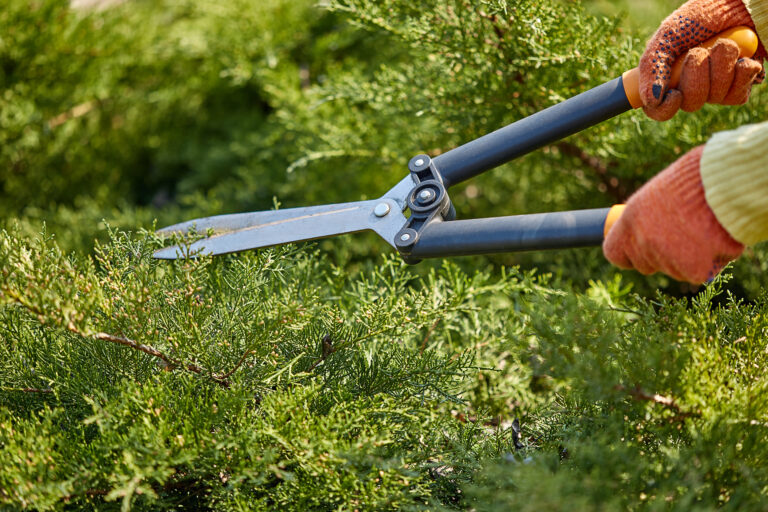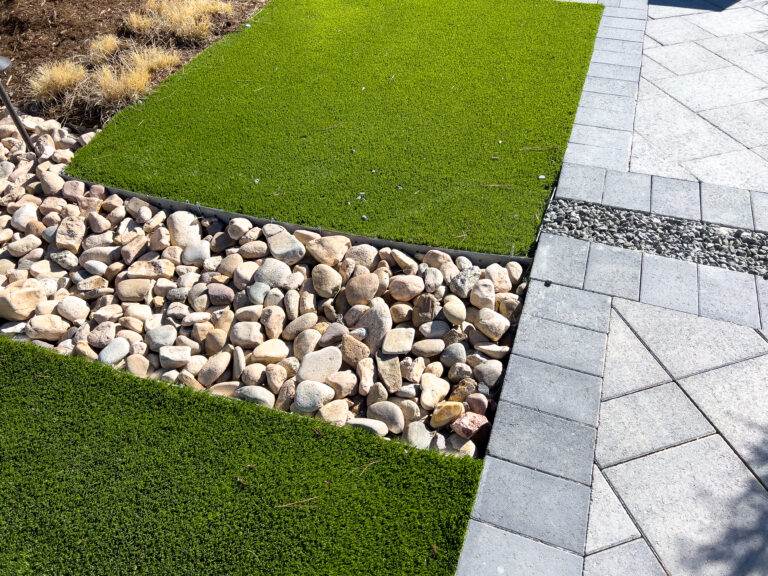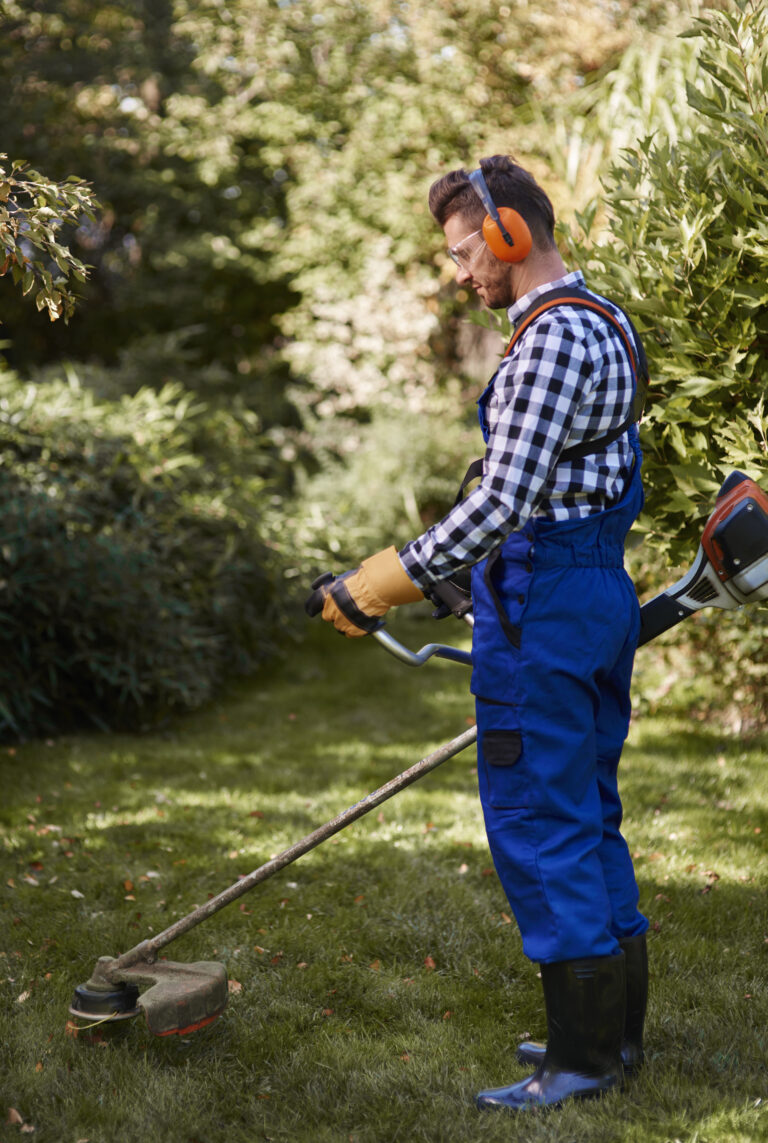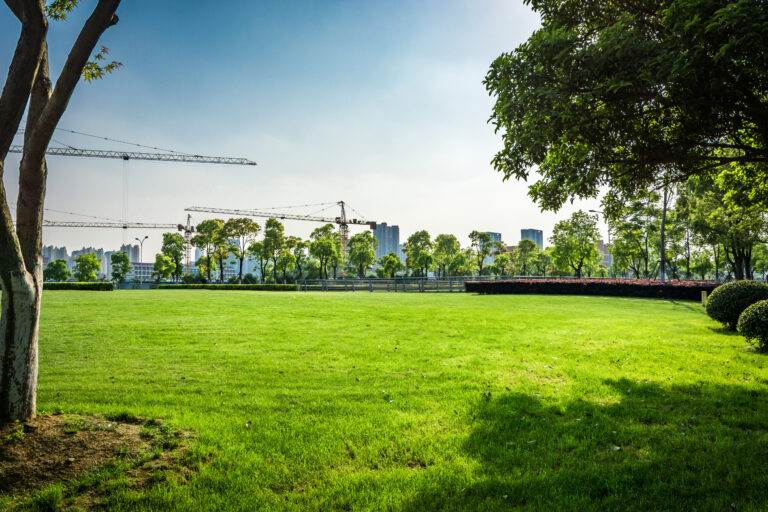Importance of Curb Appeal
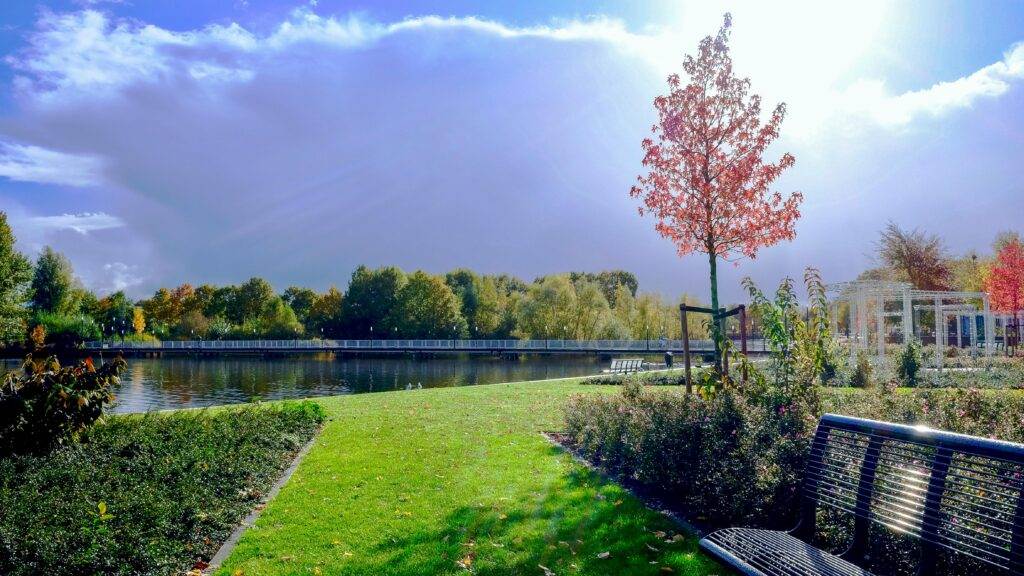
Impact on Property Value
Curb appeal plays a crucial role in determining the value of a property. When potential buyers approach a home, the first thing they see is its exterior. A well-maintained and attractive front yard, alongside a freshly painted façade, can significantly elevate the perceived value of the property. Studies have shown that homes with appealing exteriors often sell for higher prices compared to similar homes with less attractive curb appeal. This suggests that investing in landscaping, outdoor lighting, and a tidy exterior can lead to a better return on investment, ultimately benefiting the owners financially.
First Impressions
First impressions hold a great deal of weight in the real estate market. A visually appealing home not only attracts potential buyers but also establishes a positive emotional connection even before they step inside. Individuals often form opinions within just a few seconds of seeing a property, and if the exterior is lackluster or poorly maintained, it can lead to negative associations that linger throughout the tour. Conversely, a warm and inviting entrance with beautiful flowers, well-kept lawns, and clear pathways creates a welcoming atmosphere that contributes positively to the property’s narrative. Thus, maintaining strong curb appeal can significantly improve the chances of a quick sale at a favorable price, making it an essential component of property management and marketing strategies.
Elements of Professional Landscaping
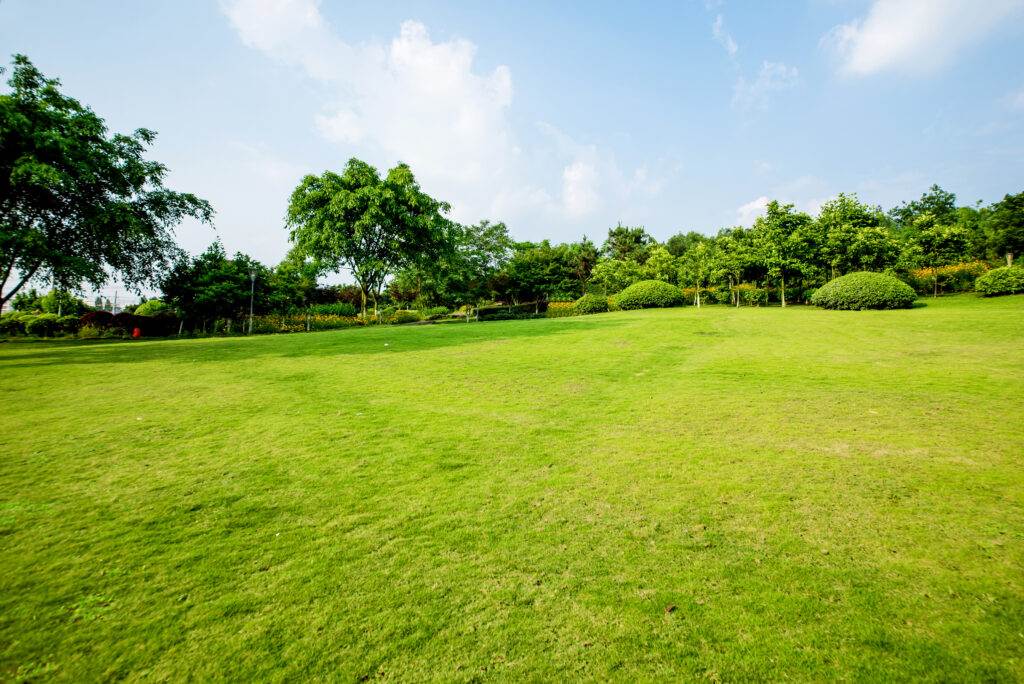
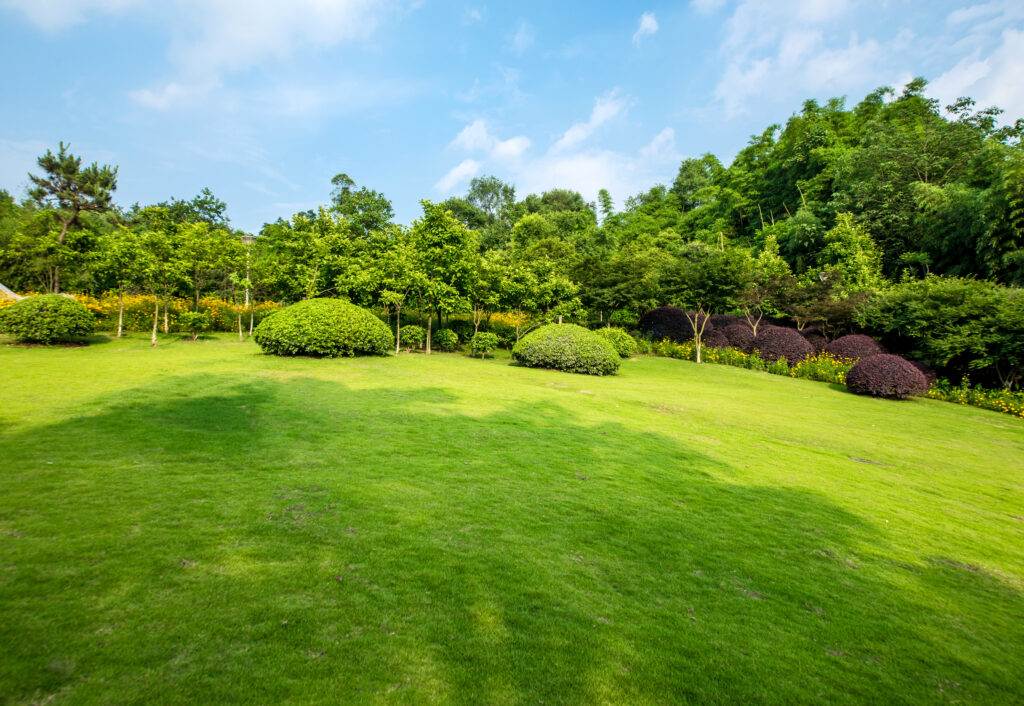
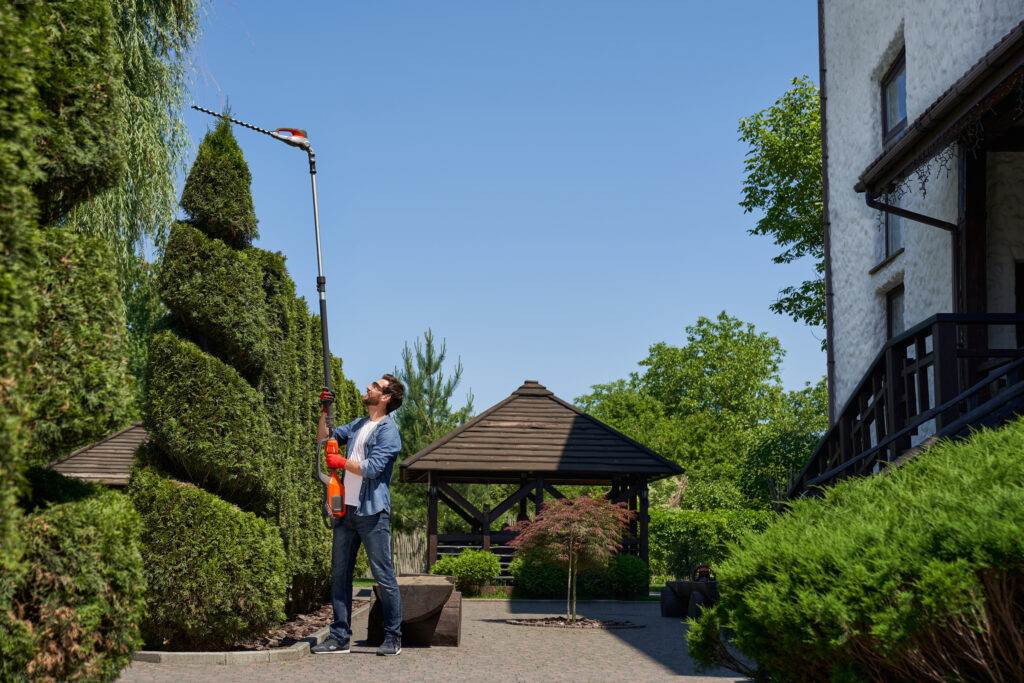
Lawn Care
Lawn care is a fundamental aspect of professional landscaping that significantly enhances a property’s curb appeal. Regular maintenance, including mowing, aeration, and fertilization, ensures that the lawn remains healthy and lush throughout the year. A well-manicured lawn not only contributes to the aesthetic appeal of the property but also indicates the homeowner’s commitment to maintaining their investment. Furthermore, consistent lawn care practices can promote environmental sustainability, enhance curb appeal, and ultimately, increase property value. For homeowners looking to enhance their landscaping efforts, paying keen attention to lawn care is essential.
Plant Selection
Choosing the right plants is another critical element of professional landscaping. Different plants can have varying impacts on the overall appearance and functionality of an outdoor space. Whether opting for an array of colorful flowers, vibrant shrubs, or hardy trees, it is essential to consider factors such as climate, soil type, and maintenance requirements. Selecting plants that complement the architectural style of the home can create a cohesive look that draws potential buyers’ attention. Additionally, incorporating native plants into the landscape design not only supports local wildlife but also reduces water usage and labor costs for ongoing maintenance. Therefore, thoughtful plant selection is vital in establishing a visually appealing and sustainable landscape.
Designing Outdoor Living Spaces

Patio and Deck Options
Creating inviting outdoor living spaces is an essential aspect of professional landscaping that encourages homeowners to embrace their backyards. Patios and decks serve as the foundation for outdoor activities, whether hosting gatherings or simply enjoying nature’s tranquility. Various materials such as stone, concrete, and wood allow for diverse styles and aesthetics, catering to the homeowner’s preferences. Thoughtful designs integrate features like built-in seating, fire pits, or outdoor kitchens to enhance usability and comfort. When designing patios and decks, factors such as location, sunlight exposure, and accessibility should be considered to ensure maximum enjoyment and functionality.
Outdoor Lighting
Another crucial element to consider in landscape design is outdoor lighting, which extends the usability of outdoor spaces beyond daylight hours. Effective outdoor lighting not only highlights the beauty of landscaping but also enhances safety and security. Various lighting options such as pathway lights, spotlights, or string lights create ambiance while illuminating key features of the garden or patio. Moreover, thoughtful placement of lights can guide guests effortlessly through the outdoor space, showcasing the property’s best attributes. By selecting energy-efficient LED lighting options, homeowners can also reduce energy costs while adopting sustainable practices. Overall, incorporating outdoor lighting into the landscape design elevates the charm and appeal of outdoor living spaces, making them functional and visually captivating for years to come.
Sustainable Landscaping Practices

Water Conservation Techniques
In an era of increasing environmental consciousness, implementing water conservation techniques in landscaping is both a responsible choice and a practical one. Professionals advise incorporating features such as rain gardens and bioswales, which efficiently manage stormwater runoff while promoting groundwater recharge. Additionally, utilizing drip irrigation systems can direct water precisely to plant roots, significantly reducing water waste. Employing xeriscaping principles—prioritizing drought-tolerant plants—ensures that landscapes thrive with minimal irrigation, ultimately conserving precious resources. By incorporating recycled materials for hardscaping and promoting the use of rain barrels to collect runoff, homeowners can create a sustainable landscape that functions effectively and contributes positively to the environment.
Native Plant Choices
Selecting native plants for landscaping is another effective strategy for sustainability. Native flora is adapted to the local climate and soil conditions, requiring less water and fewer fertilizers than non-native species. Moreover, it provides habitats and food sources for local wildlife, encouraging biodiversity within the ecosystem. Professionals recommend choosing a variety of native species to create visually appealing gardens that bloom throughout the seasons. This not only results in a lower-maintenance landscape but also minimizes the need for chemical pesticides, promoting a healthier environment. By integrating native plants into outdoor living spaces, homeowners not only enhance the beauty of their property but also contribute to the preservation of local ecosystems, making sustainable landscaping both an aesthetic and ecological endeavor.
Maintaining Landscaping Features
Seasonal Maintenance Tips
To ensure that sustainable landscaping remains effective through the changing seasons, regular maintenance is crucial. In spring, it is advisable to assess any winter damage and prune dead branches from trees or shrubs. This promotes healthy growth and allows sunlight to reach developing foliage. Summer maintenance should focus on monitoring irrigation systems, ensuring they remain functional while checking for any signs of drought stress in plants. Fall is the perfect time to tidy up by removing fallen leaves and debris, which can harbor pests and diseases. Additionally, applying a layer of mulch will aid in retaining soil moisture and suppressing weeds during winter. Finally, winter can be utilized to reflect on the landscape’s overall design, planning for any modifications for the upcoming planting season.
Pest Control Measures
In sustaining a vibrant landscape, integrated pest management (IPM) strategies play an essential role in maintaining plant health. Professionals recommend monitoring plants regularly for signs of pest infestations or diseases. Early detection is key to preventing widespread damage. Natural deterrents, such as introducing beneficial insects, can effectively control pest populations without harming the ecosystem. Another effective method is the application of organic pesticides, which are less harmful to the environment. Creating habitats for predatory insects, like ladybugs and parasitic wasps, encourages a balanced ecosystem where pests are controlled naturally. Furthermore, practicing crop rotation and diversifying plant selections can minimize vulnerability to specific pests. By employing these sustainable pest control measures, homeowners can maintain the beauty and health of their landscaping while minimizing ecological impact.
